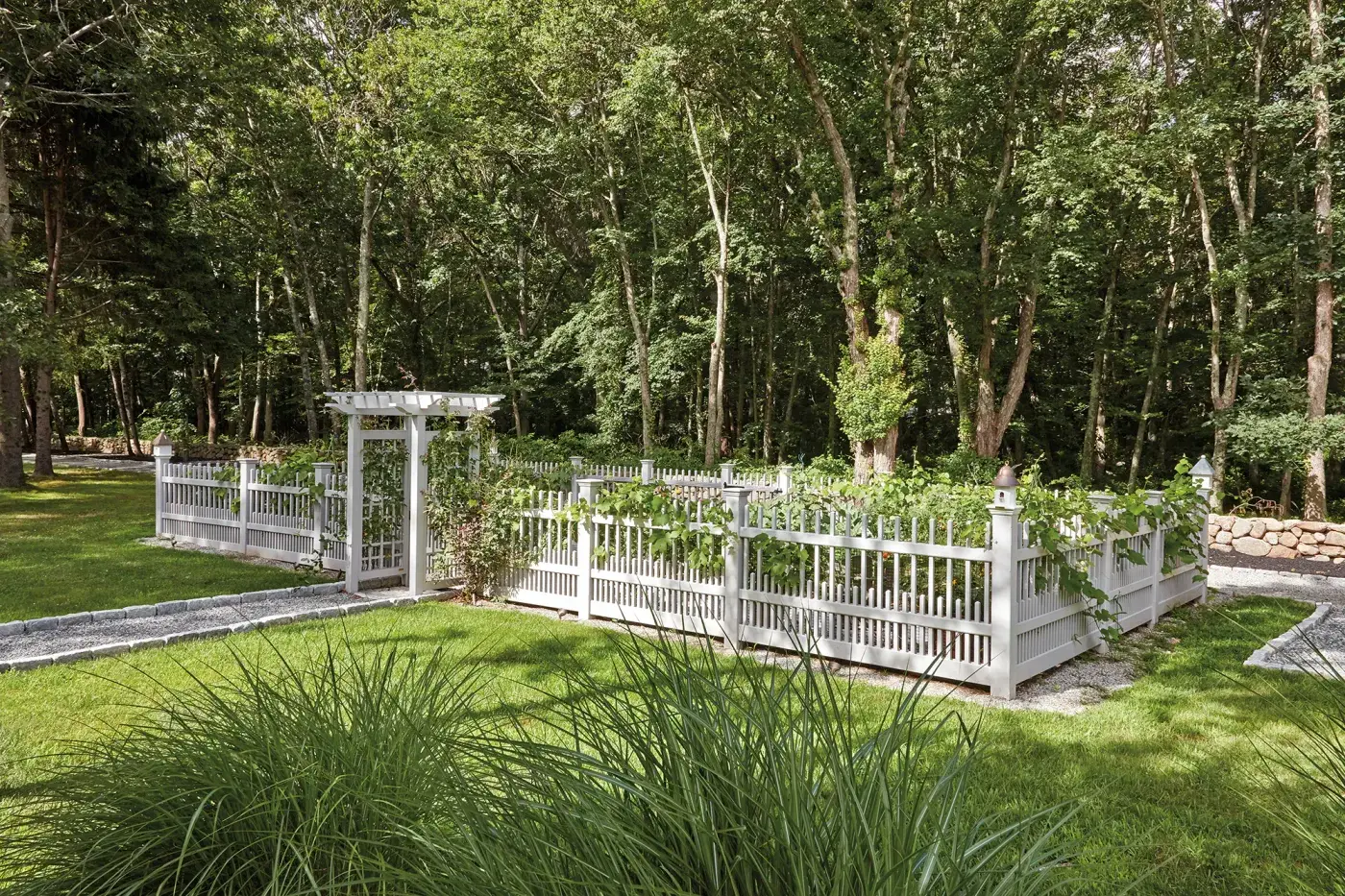Designing a backyard garden is a transformative process that allows you to craft an outdoor space that is not only visually appealing but also serves as a sanctuary for relaxation and connection with nature. Whether you're a seasoned gardener or a novice enthusiast, the following steps will guide you through the art of designing a backyard garden that reflects your style, preferences, and the unique characteristics of your outdoor space.
Assess Your Space: Understanding the Canvas
Before you embark on the creative journey of designing your backyard garden, it's crucial to understand the canvas you're working with. Take a close look at your backyard, considering factors such as size, shape, and topography. Observe the amount of sunlight the area receives throughout the day and assess the soil quality. These initial observations will lay the foundation for your design decisions, helping you choose plants that thrive in your specific conditions.
Consider the existing features of your backyard, such as trees, structures, and any potential obstacles. Understanding these elements will guide your design, allowing you to incorporate them seamlessly or strategize ways to work around them.
Define Your Purpose and Style: Crafting a Vision
Every garden has a purpose, and defining yours is a key step in the design process. Ask yourself what you envision for your backyard oasis. Is it a space for quiet contemplation and relaxation, a vibrant hub for entertaining guests, or perhaps a productive vegetable garden? Once you establish the primary purpose, choose a style or theme that resonates with you.
Whether you lean towards a formal, structured garden with clean lines and symmetry or prefer a more natural, cottage-style look with an abundance of flowers and whimsical pathways, having a clear vision will guide your design decisions. This step sets the tone for the overall aesthetic of your garden and ensures a cohesive and harmonious outdoor space.
Choose the Right Plants: Building the Green Foundation
The selection of plants is at the heart of any garden design. Research local flora that thrives in your climate, taking into account factors such as temperature, rainfall, and soil conditions. Aim for a diverse array of plants, including flowers, shrubs, and trees, to add visual interest and create a dynamic landscape. Consider your chosen plants' color palette, textures, and seasonal aspects. Think about how they’ll complement each other throughout the year, ensuring your garden remains vibrant and appealing every season. Pay attention to each plant's height and growth habits to create a visually appealing composition.
Plan the Layout: Creating Harmony
With your plant selection in mind, it's time to plan the layout of your garden. Think about how different elements will interact with each other and how the overall flow of the space will be. Create pathways that guide movement through the garden, allowing for exploration and enjoyment. Strategically position seating areas to maximize the view of key elements in your garden and create spaces for relaxation. Introduce focal points, such as a captivating sculpture, a serene water feature, or a well-placed tree. These focal points draw attention and add layers of interest to your garden. Consider the principles of balance and symmetry in your layout, creating a design that is both visually appealing and functional.
Incorporate Hardscape Elements: Adding Structure
To enhance the structure and functionality of your backyard garden, consider incorporating hardscape elements. Patios, decks, and pathways can define different zones within the garden, providing areas for outdoor furniture, entertaining, or simply enjoying the scenery. Elements like pergolas, trellises, or arbors add vertical interest and can support climbing plants.
Water features, such as fountains, ponds, or even a small stream, introduce a soothing and dynamic element to your garden. These hardscape features not only enhance the overall design but also create opportunities for unique and memorable experiences in your outdoor space.
Consider Maintenance: Sustainable Beauty
While designing your dream garden is exhilarating, it's essential to consider the practical aspects of maintenance. Develop a realistic maintenance plan that includes watering schedules, pruning routines, and fertilization. Be honest with yourself about the time and effort you can dedicate to garden upkeep and choose plants that align with your maintenance capabilities.
Embrace sustainable practices in your garden, such as composting, mulching, and using organic fertilizers. With sustainable practices, you not only contribute to the health and longevity of your garden but also foster a more environmentally conscious approach to gardening.
Personalize and Evolve: Adding Your Signature Touch
To truly make your backyard garden an extension of yourself, add personal touches that reflect your personality and preferences. Introduce garden art, sculptures, or handmade crafts that resonate with you. Consider repurposing items or incorporating elements with sentimental value. Allow your garden to evolve over time. Experiment with new plant varieties, rearrange elements, and introduce seasonal decorations. A garden that adapts and grows with you becomes a dynamic and ever-inspiring outdoor space that continually brings joy and satisfaction!
From lattices and trellises to pergolas and arbors, Walpole Outdoors has an extensive line of elegant outdoor pieces to enhance any backyard garden. Whatever your artistic vision may be for your garden, our design experts can help you turn it into a reality. Interested in learning more? Contact our outdoor professionals for a complimentary design consultation today!
